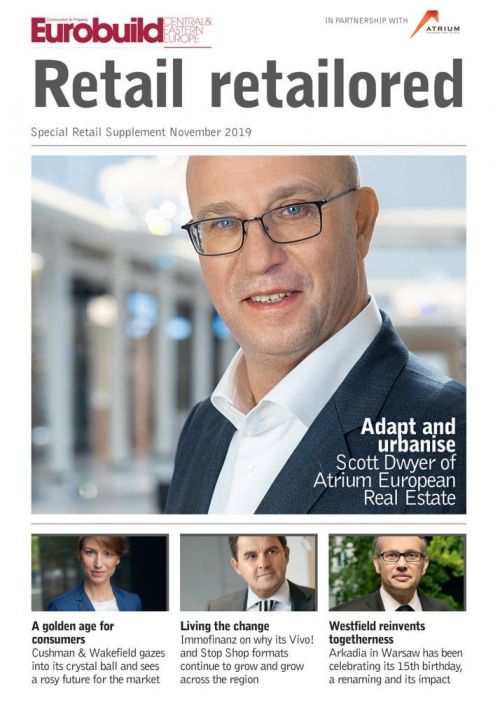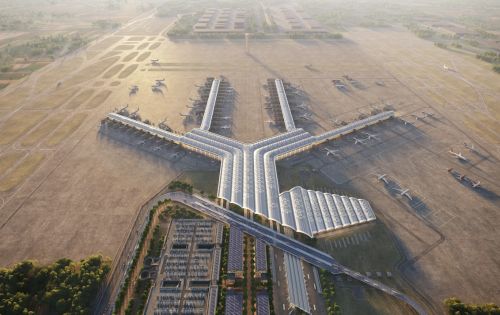More than 230,000 sqm was added to Poland’s total retail stock across all formats in the first half of 2019, the highlight of which was the opening of the 78,500 sqm Galeria Młociny shopping centre in Warsaw. At present, there are no other large-scale retail projects under construction. The increasing market saturation in key metropolitan areas as well as changing shopping habits and consumer expectations are having a knock-on effect on the retail supply that will be dominated in coming years by small convenience shopping centres, retail parks and mixed-use schemes. There is a steadily growing focus on projects combining multiple functions, such as residential, retail, services, F&B, cultural, entertainment and office space. Opportunities to build such projects are plentiful – and each one, if supported by an appropriate strategy, can be unique, improve its appeal in the eyes of customers and gain a much-needed competitive edge.
Another 200,000 sqm of retail space is































































